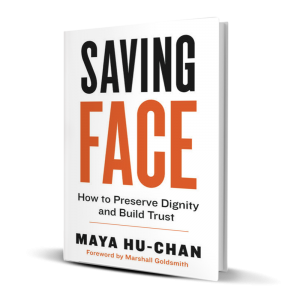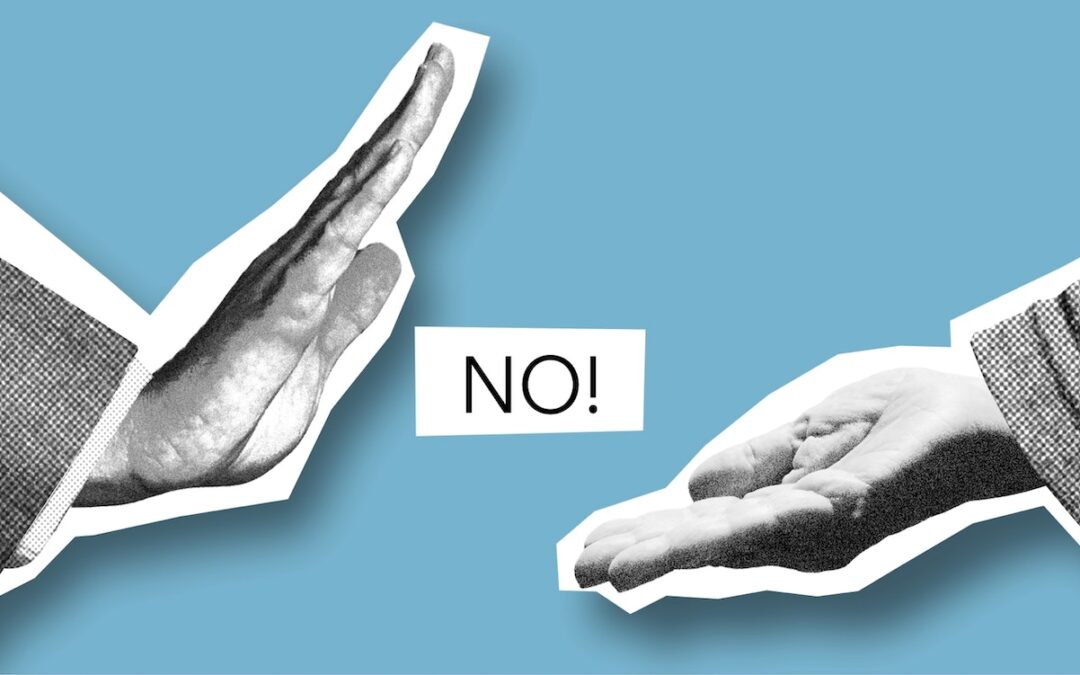Conflict can lead to productive, positive outcomes. It all depends on your approach.
My client, Nicole, avoids conflict. After a recent conversation with her preteen son, she realized she should rethink her approach.
Her son and his grandparents were spending an upcoming Saturday together. The grandparents were planning a day at the beach, but he really wanted to go to an arcade. “Can you ask them if we can go to the arcade instead?” he pleaded. Why, Nicole asked, when he can ask them himself.
“Because, you’re nicer,” he replied. “And I’m afraid they’ll say no.”
Nicole realized her son was approaching conflict just the way she does: Say nothing, even if you’re right, rather than risk people being upset with you.
This was her approach at work, too. Although she excels at building relationships and is respected for her expertise, she shuts down at the first hint of disagreement. Recently, she allowed a project to progress despite disagreeing with a colleague’s solution to a problem. Rather than contradict her colleague, she stayed quiet. The solution failed, and the project did, too.
Her peers noticed her silence. Those with less power were frustrated that Nicole hadn’t spoken up when she, as a leader, was in the position to do so. Nicole’s attempts to be likable were causing her to lose respect.
In our coaching sessions, Nicole and I worked through the Thomas-Kilmann conflict model and its five conflict-handling modes: competing, collaborating, avoiding, accommodating, and compromising. It helped Nicole — and her son — stop running away from conflict.
Finding the right balance
The Thomas-Kilmann conflict model places the five modes along an X-Y graph, with “assertive” on the y-axis and “cooperative” on the x-axis. Each mode is defined by how assertive and/or cooperative the conflicting parties are in their approach.
When neither party takes action, they are both avoiding, which is low on assertiveness and low on cooperation. This is a lose/lose situation — no one gets what they want.
When Nicole didn’t disagree with her colleague, even though she knew he was mistaken, she was accommodating, which is high on cooperation but low on assertiveness. In this conflict mode, one party wins, while the other loses.
When both parties are high on assertiveness but low on cooperation, they are competing. This mode results in an I win/you lose outcome.
These three modes do have their purpose. An emergency situation, for example, calls for the quick, decisive action of the competing mode. Accommodating can be a smart move if preserving harmony is more important than being right.
For Nicole (and, by extension, her son), the challenge was in practicing the assertiveness needed for the compromising and collaborating conflict-handling modes.
 A win for both sides
A win for both sides
Compromise sits in the middle of the Thomas-Kilmann conflict model, with midlevel cooperativeness and assertiveness, resulting in a yield/yield outcome — both sides give a little, and lose a little. Collaborating is high on assertiveness and cooperation, and is the only mode that leads to a win/win outcome.
Nicole’s fear of conflict stems from anxiety over speaking up. She fears being disliked and being perceived as aggressive or pushy. I asked her to reimagine the situation with her colleague and the flawed problem solution. What would have been the benefit of voicing her disagreement?
“In the long run, it would have saved us time and money,” she said. “If I’d spoken up, it wouldn’t have been for selfish reasons — it would have been for the greater good.”
This crystallized the most powerful motivation for Nicole to speak up. As a leader, her goal is to make decisions for the greater good. That requires managing conflict, not avoiding difficult conversations.
With this new mindset, Nicole coached her son to speak his mind and collaborate on a solution with his grandparents.
It worked. After some research, they found a section of the beach located near an arcade. Everyone got to enjoy their Saturday outing.
Nicole shifted the way she led at work. She started to seek buy-in from colleagues in personal, one-on-one conversations before engaging in larger-group collaboration and compromise. This allowed her to both lower the stakes and leverage her talent for building relationships.
If conflict provokes anxiety for you, too, remember the mindset shift that helped Nicole tap into her confidence. Focus on the greater good and work for outcomes that are a win/win for all.
 My book, Saving Face: How to Preserve Dignity and Build Trust, illustrates how we can honor face to create positive first impressions, avoid causing others to lose face, and, most importantly, help others save face to build trust and lasting relationships inside and outside the workplace.
My book, Saving Face: How to Preserve Dignity and Build Trust, illustrates how we can honor face to create positive first impressions, avoid causing others to lose face, and, most importantly, help others save face to build trust and lasting relationships inside and outside the workplace.
This article was originally posted on Inc.com

